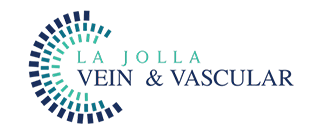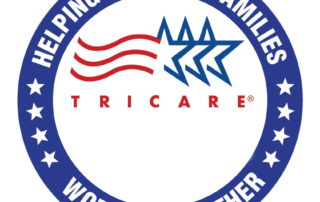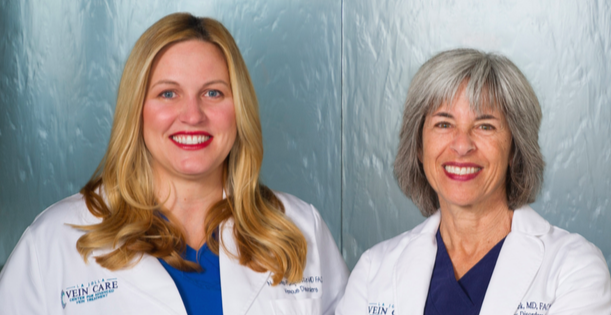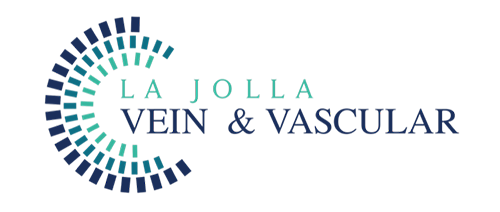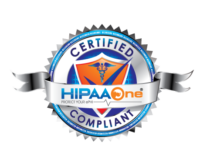WORLD THROMBOSIS DAY
WORLD THROMBOSIS DAY
Recognized on 13 October, World Thrombosis Day (WTD) focuses attention on the often overlooked and misunderstood disease of thrombosis. With hundreds of educational events in countries around the world, WTD and its partners place a global spotlight on thrombosis as an urgent and growing health problem.
Thrombosis is the formation of potentially deadly blood […]
What’s So Great About the Great Saphenous Vein?
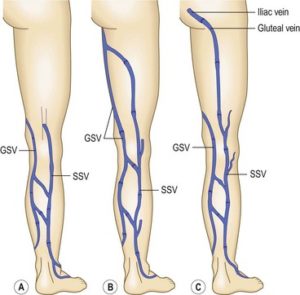
The great saphenous vein (GSV), previously referred to as the long saphenous vein, is a superficial leg vein that runs from the top of the thigh near the groin, down the inner thigh all the way to the inner ankle. The top blue arrow […]
Live Demonstration: How To Wear Compression Stockings
Need help putting on your compression stockings or want useful tips? Watch this video. Go to La Jolla Vein Care’s Youtube channel for more videos.

Foam Sclerotherapy Procedure Video
Curious how foam sclerotherapy works? Watch an animation here. For more vein procedure videos, go to La Jolla Vein Care’s Youtube channel.

Sclerotherapy Procedure Video
Are you curious how sclerotherapy is performed? To view more vein procedure videos, go to La Jolla Vein Care’s YouTube channel.

Watch us on CBS Channel 8 ‘American Health Front’
La Jolla Vein Care’s Dr. Nisha Bunke will be featured on “American Health Front!” this Sunday at 3:00pm on CBS 8. This medical program will follow the PGA tour. Dr. Bunke talks about vein disorders that afflict Americans and leading edge procedures for treating varicose veins.
Tune in this Sunday, May 17th at 3:00pm on CBS Channel 8, immediately […]
Before and After Photo Gallery
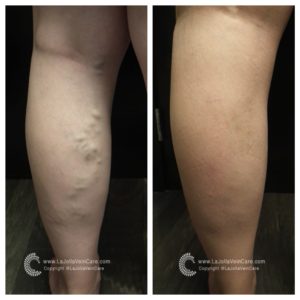
Before and after picture of varicose vein treatment at La Jolla Vein Care. Read more about non-surgical varicose vein removal or click here to go to la jolla vein care’s photo gallery.
Before and After Photo Gallery
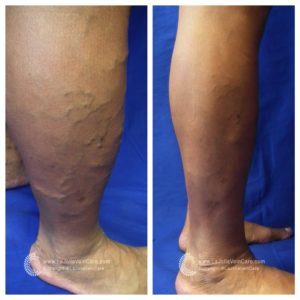
This is a before and after picture of leg vein treatment with sclerotherapy at La Jolla Vein Care. See all of our Before and After Photos of San Diego Vein Treatment. Go to the ‘Results‘ page of www.july01ljvascular.com. Click here to see more before and […]
